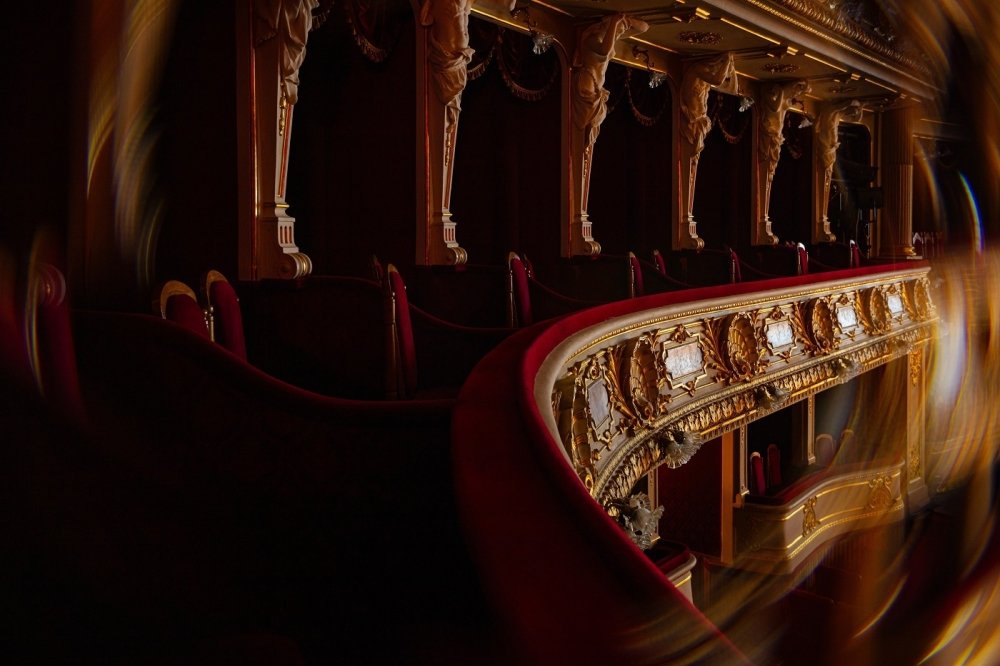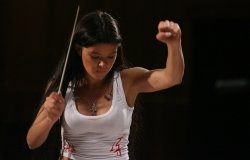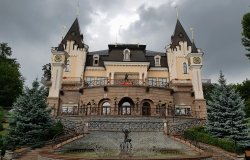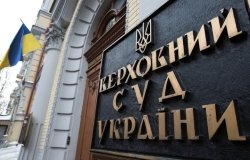
A blog of the Kennan Institute
Presenting Ballet Classics at a Time of War: Today’s Lviv National Ballet

Ruslan Lytvyn - shutterstock - https://www.shutterstock.com/it/g/rulangaror
The fall dance season of the Lviv National Opera and Ballet, as a full season of reworked ballets, would have caught the attention of dance mavens far and wide even without the current war. One of the first companies to present ambitious dance and opera performances following the outbreak of the war in February 2022 (see post from May 22, 2022), the Lviv company has mounted an ever more ambitious repertoire over the past several months. While the city has avoided the constant bombardment of frontline communities, Lviv nonetheless has suffered air raids, rocket attacks, and power failures, so this is an unlikely moment for dancers to exchange tutus for camouflage.
Over the past year and more, the company has offered a mix of traditionally popular classics, such as Esmeralda,Giselle, Bayadere, and Corsair, together with evenings of modern dance. These shows have taken place despite the restrictions imposed by Ukraine’s martial law regime, which limit audience size, and the departure of company members to the front and abroad. Widespread internet viewership is not a substitute for a full opera house.
The October season opening premier combines both old and new. Ballet master and director Serhii Bondur has restaged and redesigned Jean Dauberval’s 18th century ballet La fille mal gardée (translated here as Caution in vain but better known to British and American audiences as The wayward daughter). Dauberval based his original version, one of the earliest ballets in the modern repertoire, around Pierre-Antoine Baudouin’s 1765 painting, La réprimande / Une jeune fille querellée par sa mère. That painting portrayed an old woman (a mother, perhaps) in a hay barn reprimanding a tearful girl whose clothes are in disarray as her supposed lover is seen in the background scurrying up to the hayloft. The original score patched together several popular 18th-century French dances and songs.
The ballet, and various opera versions, have taken a number of forms over two centuries, becoming particularly popular in Russia. The current Lviv version draws on the Peter Ludwig Hertel score used in the Bolshoi Theater’s 1903 production. The simple story of young love gained wide popularity for its joyous and often comic embrace of romance. It is a tale, in other words, well suited as a two-hour wartime diversion, but one that also needs a good dusting off and reinvention.
The ambitious Lviv ballet production offers just such an update. Musical interludes by Dauberval’s contemporaries, the French composers Ferdinand Herold and Adolf Adan, expand the production’s musical reach. Production and costume designers Tadei Ryndzak and Zhanna Maletska create a contemporary look to what otherwise might be too much of a vintage production. Anastasia Boindar and Arsen Marusenko, both Kyiv-trained dancers who have been with the Lviv company for nearly a decade, provide a bit of local star power.
Such a new production of an old placeholder might not garner much attention at another time and place. As a major update in wartime Lviv, an attempt at mounting an ambitious full-scale remount borders on the valiant.
The Lviv ballet’s commitment to lively entertainment extends to the holiday season, when the company is staging several performances of Snow White and the Seven Dwarfs for families seeking a couple of hours of respite from the war. Igor Khramov’s libretto and choreography accompany Polish composer’s Bohdan Pavlovsky score, in another inventive remount of a classic tale. As North American ballet troupes produce scores of Nutcrackers to lure in family audiences during the holidays, the Lviv company turns to the magic of a fairy tale for much the same purpose. The company’s website proclaims that this show offers “a great opportunity to spend time with the whole family and introduce children to the art of classical ballet.”
People in Lviv’s performing arts community have steadfastly pursued artistic excellence in the face of war, from the Russian invasion’s earliest days. At first, the purpose seemed to be to convince themselves that they still existed. As the war ground on, Lviv musicians, dancers, singers, puppeteers, and actors have expanded their reach beyond a visceral response to the horrors of war. They are performing once again in ways that create a legacy on which to build the post-war future.
The opinions expressed in this article are those solely of the author and do not reflect the views of the Kennan Institute
See our newest content first.
Subscribe to receive the latest analysis from Focus Ukraine
About the Author

Blair A. Ruble
Former Wilson Center Vice President for Programs (2014-2017); Director of the Comparative Urban Studies Program/Urban Sustainability Laboratory (1992-2017); Director of the Kennan Institute for Advanced Russian Studies (1989-2012) and Director of the Program on Global Sustainability and Resilience (2012-2014)

Kennan Institute
The Kennan Institute is the premier US center for advanced research on Eurasia and the oldest and largest regional program at the Woodrow Wilson International Center for Scholars. The Kennan Institute is committed to improving American understanding of Russia, Ukraine, Central Asia, the South Caucasus, and the surrounding region though research and exchange. Read more













